What was it all about?
The world’s first national road map to a circular economy “Leading the cycle: Finnish road map to a circular economy 2016–2025“ was published in autumn 2016 in Helsinki. The road map drawn under Sitra’s guidance created Finland as a starting point for advancing the circular economy. The moves made as a consequence of the first road map started to define the steps that are needed for the systematic change towards a circular economy. At its heart, the road map to a circular economy is a combination of a concrete action programme, strategy and road map.
The road map to a circular economy was made to be updateable. The thought behind that was that the objectives and the actions required to achieve them would be supplemented before the horizon year 2025, as skill and knowledge on circular economy accumulates. Since 2016 several EU countries have published strategies and road maps to a circular economy. To remain a pioneer requires continuous development. In 2018 Sitra decided to implement a road map update, where they wanted to chart Finland’s development, to raise the level of ambition, to speed up the change and to connect the circular economy to climate change control as a possible solution.
In the road map of 2016, the concrete actions for growth, investments and exports were emphasised. The updated road map starts with the point that the basis of competitiveness and vitality is to be renewed so that the circular economy solutions are raised to the centre of the growth strategy of economic competitiveness. The European Commission has also emphasised that the circular economy is the environmental leg of the EU’s industry strategy. The Commission has sped up the circular economy with a two-phase circular economy package, which contains the EU’s plastic strategy published in early 2018 and also a group of actions that cover a product’s whole lifespan.
Achieving the goals of The Paris Agreement demands a move towards a society that produces less carbon and where producing less materials holds a central role. The report Sitra and European Climate Foundation published in June 2018 highlighted that a circular economy is required to control climate change. This point of view is emphasised in the road map’s updating process. The report has also been taken into account in the EU’s long-term climate strategy. The special report of the Intergovernmental Panel on Climate Change (IPCC) published in October 2018 reinforced on its part the following message: climate actions must be strongly implemented here and now, if we want to avoid the worst of the destruction.
Sitra noted the recommendations from international experts to instil the circular economy into future generations. We have since taken nationally significant steps in the area of teaching and education, where the circular economy is being integrated into all levels of education. We are very grateful that in some of the age groups 75 per cent of students learn circular economy at schools: circular economy education already reaches 70,000 children and young people. Young people do not need to unlearn the old and change becomes quicker when these age groups enter the working life.
During the election year 2019 Sitra has seen that Finland’s growing circular economy work would in the future deserve preservation by the decision-makers in both Finland and the EU. Because it is clear to see that a change this big – a move to a circular economy – requires parliamentarian understanding and effort that extends over several terms of office. In order to achieve larger societal change it is important that a circular economy is advanced by governments in a coordinated manner and that enough resources are reserved to support the change.
How did the work proceed?
During the updating work we wanted to look at the progress that has been achieved in national circular economy activity and to outline strategic objectives that could set national stages for achieving the pioneering position.
The 2016 road map’s objectives, focus areas and the progress achieved were all examined during the 2018 situational picture. The picture was formed by comparing the 2016 objectives to the picture formed from written sources and expert interviews and by utilising the perception of Sitra’s circular economy team. Furthermore, 25 Finnish decision-makers, business representatives, officials and circular economy researchers were interviewed in August and September 2018.
During the summer and autumn of 2018 Sitra prepared an update for the road map, together with hundreds of representatives from organisations, interest groups, the Ministry of Environment, the guidance group and Deloitte, who consulted on the process. In autumn 2018 five interest group workshops were held, during which the outlines of strategic and group-specific objectives were worked on and actions were defined and implemented.
The road map outline was presented and discussed in a seminar open to everyone at the end of October 2018. Participants had the chance to propose actions for the road map and to leave their own comments to the outline. It was also possible to leave comments and action proposals via the Otakantaa-fi service or directly to Sitra.
During the end of 2018 and beginning of 2019 Sitra used the accumulated material to compile an updated road map. The updated strategic objectives were outlined to be common and to cross industry boundaries and action groups. In addition to high-level strategic objectives, the updated road map gives objectives to the four central agents groups: government, companies, citizens and municipalities and cities.
During the update 30 new actions were also presented that would for their part encourage Finland’s development in the circular economy. They all have an implementor and they had already either been implemented or were about to be implemented. During the road map update indicators that could be used to monitor the implementation of the road were also charted.
Who was involved?
The road map to a circular economy is Finland’s shared work that collects the society’s central agents’ opinions on needs for change and actions related to the move towards a circular economy. Sitra was responsible for the update and through the whole process worked in close coordination with the Ministries of Environment, Agriculture and Forestry, Economic Affairs and Employment, and Transport and Communication, as well as Business Finland.
The basis of the road map update has once again been done together with numerous representatives of society’s different sectors. Representatives from government, companies, municipalities, organisations and even research institutes were invited to the workshops and altogether 110 persons participated. The road map draft received 350 comments and ideas via the Otakantaa.fi service. A management group, which was put together by Sitra and co-chaired by the Minister of the Environment, Energy and Housing Kimmo Tiilikainen and government professional Krisi Sormunen, has also participated in the working of the objectives.
What was achieved?
According to the evaluation of Sitra, done by an outside party, during the process a common vision of a circular economy has been created and different agents have been collected to support it. The road map acts as a “wake-up call” and guide for the future-focused thinking of the circular economy’s central interest groups. The road map also acts as an encourager for the actions in the government’s circular economy programme and it has influenced in law-making.
The result was “Critical move – Finland’s road map to a circular economy 2.0“ which was published in March 2019. During the update the road map’s structure and appearance was also improved to correspond with Finland’s position as an internationally leading circular economy country. Road map 2.0 is an online publication that also contains a video and a PowerPoint presentation about the road map. It was published on Sitra’s website in Finnish and in English.
The renewed road map begins with the idea that Finland must ensure its survival in a world where our economic competitiveness and well-being can no longer be based on the wasteful use of natural resources. It presents strategic objectives that extend through the entire society and uses society’s different sectors to depict in even more detail the visions of a circular economy. It lists 29 necessary and concrete actions Finnish agents have already committed to which are necessary to change society.
We see that the winning solutions are not created with the old way of doing things, but that they demand diverse cooperation between the public, private and third sectors as well as persevering effort and commitment. The road map to a circular economy 2.0 gives reason to examine what are the government’s, municipalities’, companies’ and citizens’ next moves towards a circular economy. For companies, this means switching to circular economy business models. Citizens’ choices hasten the creation of services and solutions that adhere to the circular economy.
Even though the circular economy is largely driven by markets and consumers, regulations and incentives are needed to activate them. The government does hold an important role in the advancement of the circular economy and can with its example and guidance significantly impact the realisation of a circular economy in the entire Finnish society. Therefore, in relation to the road map 2.0, 13 actions were identified which especially the government saw as central and which are necessary for comprehensive advancement of the circular economy, but no party has yet taken responsibility for implementing these actions.
The move to a circular economy requires an effort from all of us. Many new actions and agents are needed. From the road map to a circular economy 2.0, everyone can find their own role, find out more about the vision and activity, and begin their own actions to promote a circular economy.
Sitra will continue its actions in the circular economy with an international focus. We see international cooperation with pioneering countries and organisations as an important key in achieving a participatory circular economy. The third World Circular Economy Forum, held in Helsinki from 3 May to 5 May 2019, focused on how circular economy solutions emerging around the world can be implemented as widely as possible so that their benefits can be distributed in a fair manner.
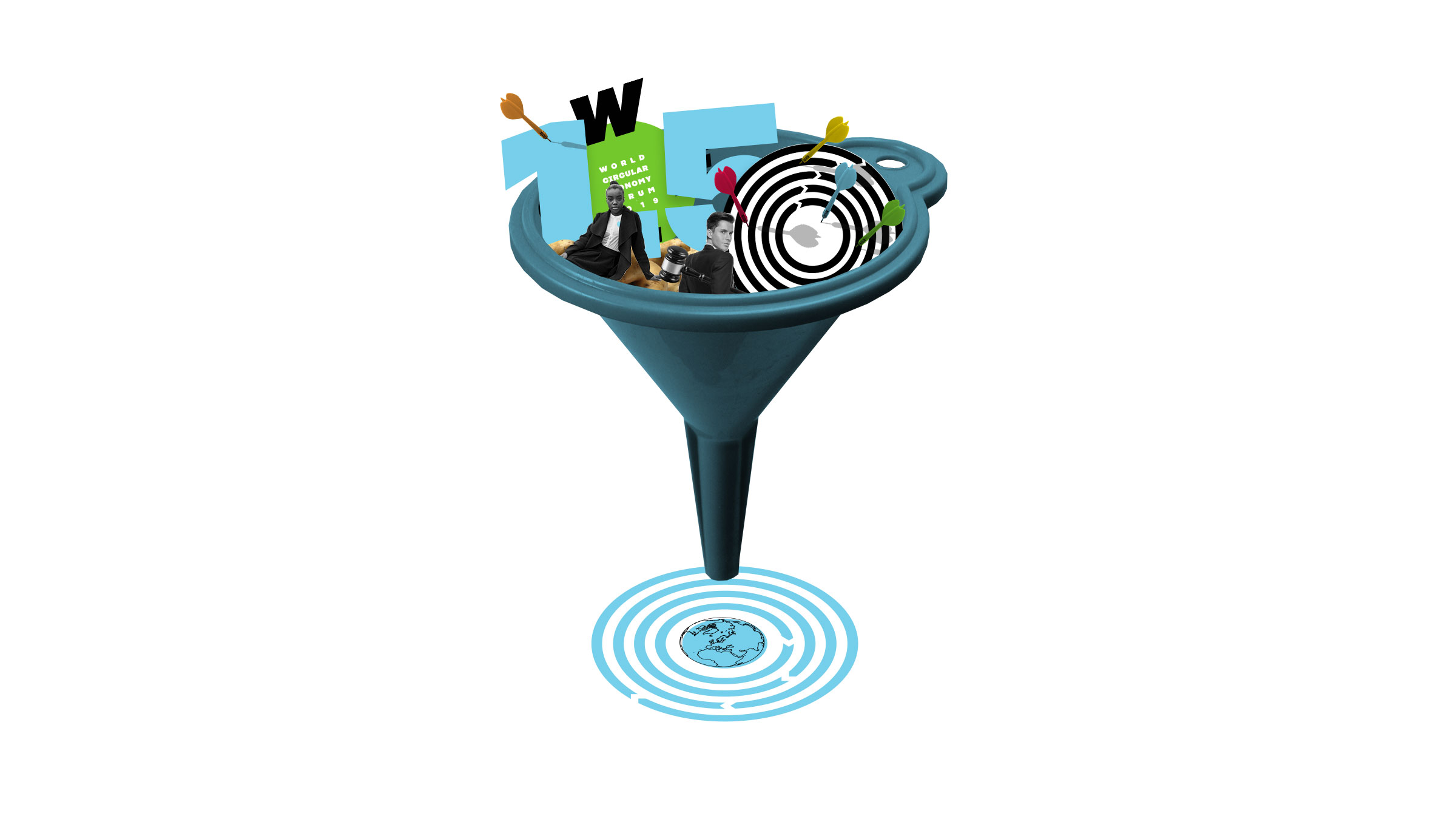






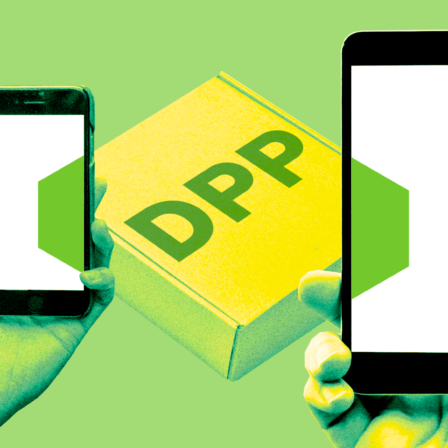
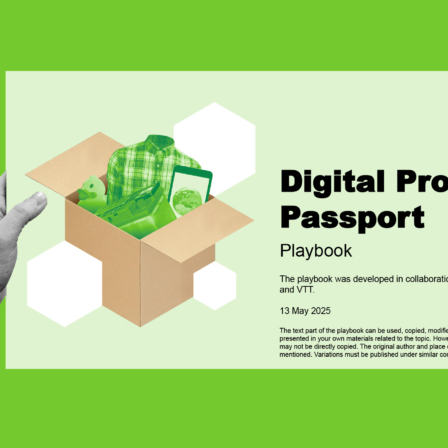

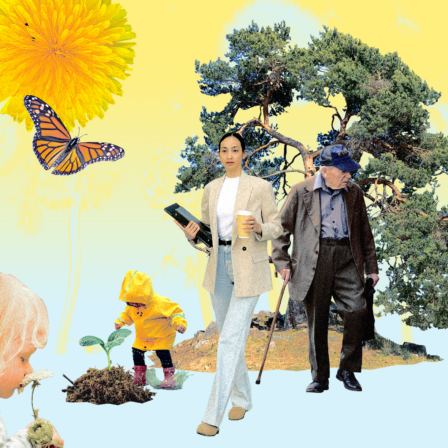






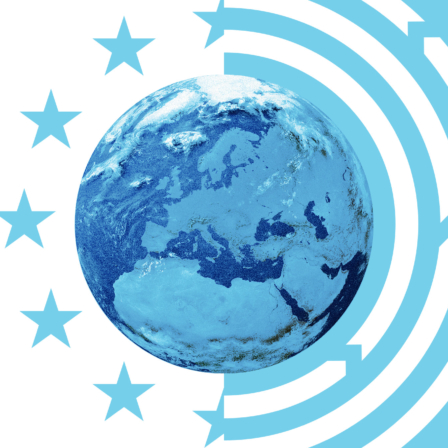

Recommended
Have some more.